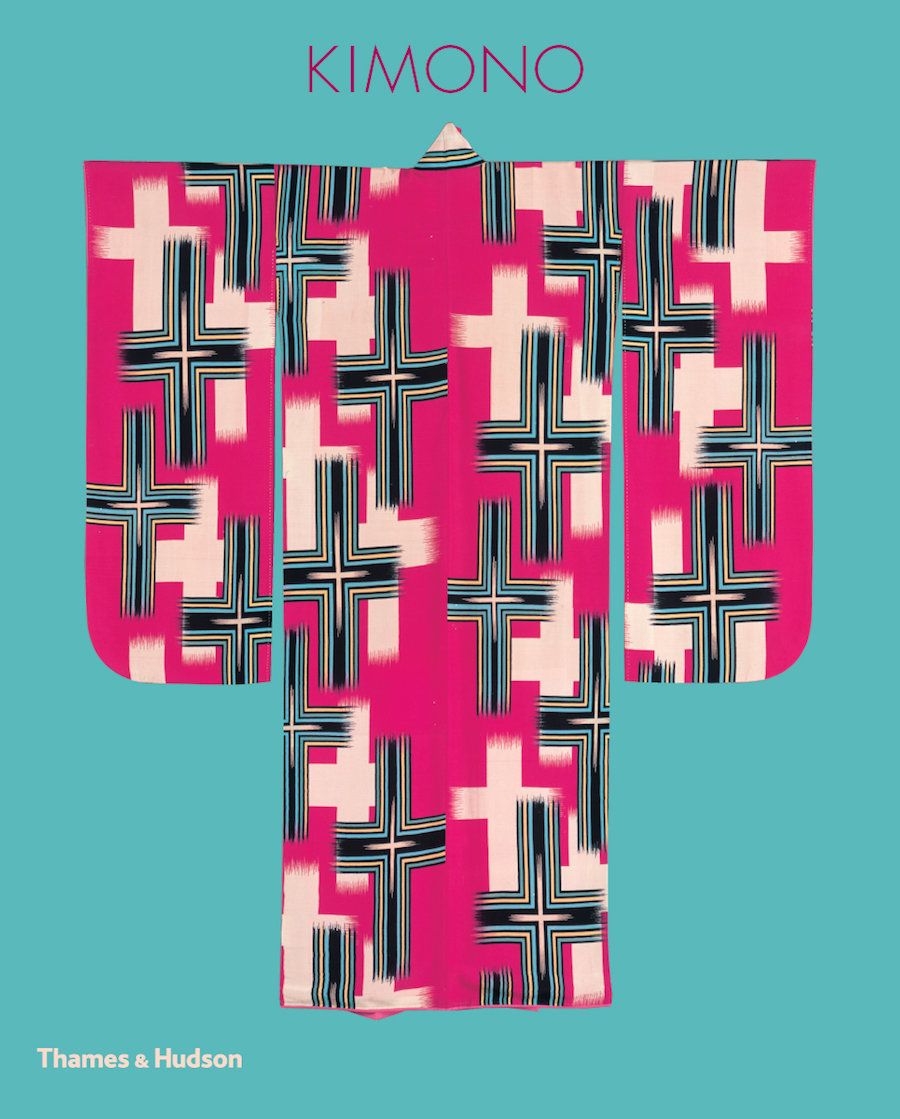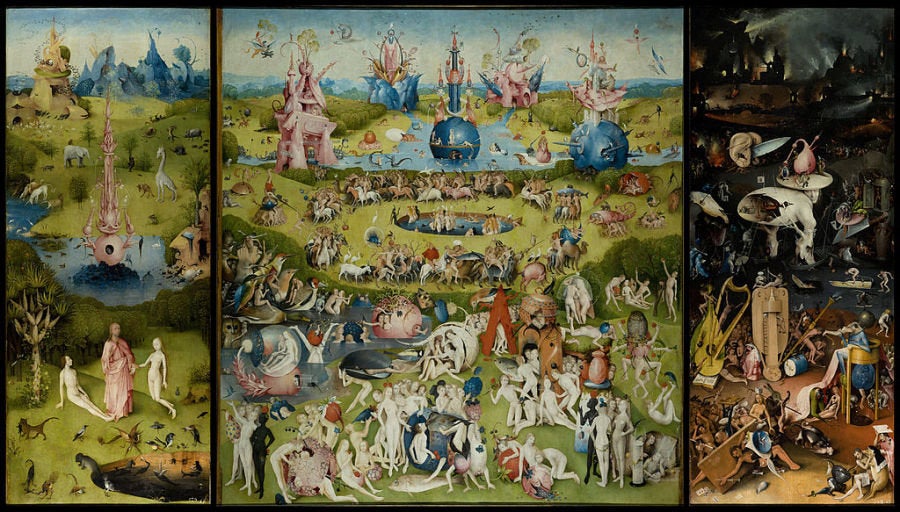A kimono -- literally translated as "the thing worn" -- is a traditional Japanese garment defined by its straight seams, "T" shape, and intense decorative detail. Although it's been in existence since the late eighth century, it wasn't until the late 16th century that the articles of clothing began to resemble the long, hanging ensembles we recognize today.
A newly released massive compendium, simply titled Kimono, dives deep into the history of these lavish robes, from their earliest beginnings in the Edo period to modern iterations of the 20th century. The book features detailed photographs of the saturated surfaces and enchanting visual tapestries that have captivated outsiders for centuries.

Before they were known as kimono, Japanese robes were known primarily as kosode, or "small sleeves," and osode, "long sleeves." These distinctions did not refer to the sleeves themselves, but rather the size of the armholes. Eventually, the kosode superseded the osode as the main garment worn by the rich and powerful, and, before long, became the main item of dress for all classes and both sexes in Japanese society.
Toward the end of the 19th century, the influence of Western culture surged into Japanese life, shaping popular clothing options to closer resemble European and American garb. However, as more and more Japanese individuals opted for Western clothes, Western cultural spheres became transfixed with traditional aspects of Japanese art, culture and style -- kimono included. Thanks to the obsession -- called Japonisme, and propelled by artists including van Gogh, Monet and Renoir -- a kimono fixation spread round the globe, and, for better or for worse, never quite died down.
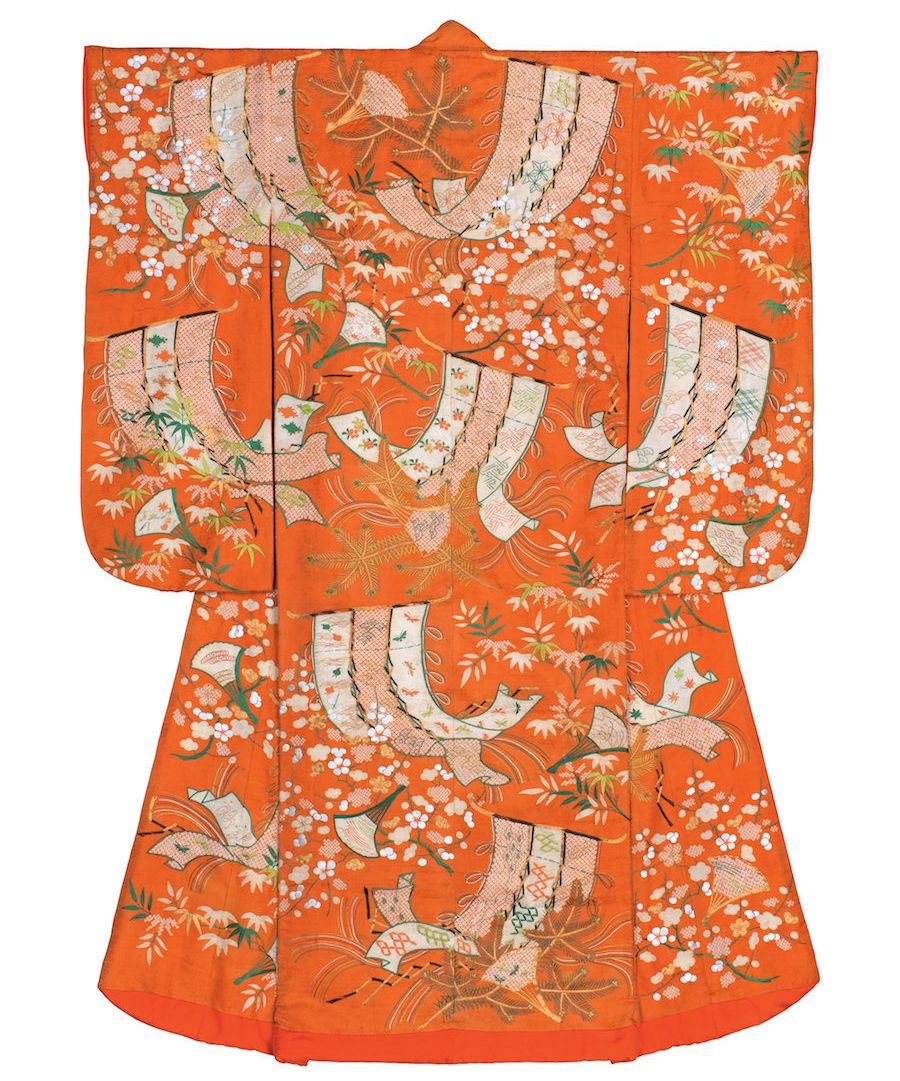
Throughout most of their history, kimonos have remained relatively consistent in their structure and silhouette. Unlike many Western fashions, kimonos pay little mind to the body of the wearer, instead hanging loosely and masking the figure beneath. This shape rarely changes, regardless of the wearer's class, gender or position. All personal details and identifying factors occur on the dress' surface, in the fabrics, colors, patterns and details adorning the kimono's rich surface.
As explained in depth in the book, the kimono evolved to become a three-dimensional work of art, a vibrant canvas draped over the wearer that is as integral to her persona as her own physical attributes. "A woman would not be judged by her physical appearance, but by her dress," author Anna Jackson writes, "as is evident in paintings and prints, where it is the detailed depiction of the kimono, not the face, that gives the viewer a sense of personality."
Read on for a (very) brief history of the iconic Japanese garment.
1. In Edo Japan, from 1603 to 1868, social order and class distinction was of the utmost importance. Dressing out of your designated code was cause for alarm. As Japanese poet Ihara Saikaku said: "because they forget their proper place, extravagant women should be in fear of divine punishment."
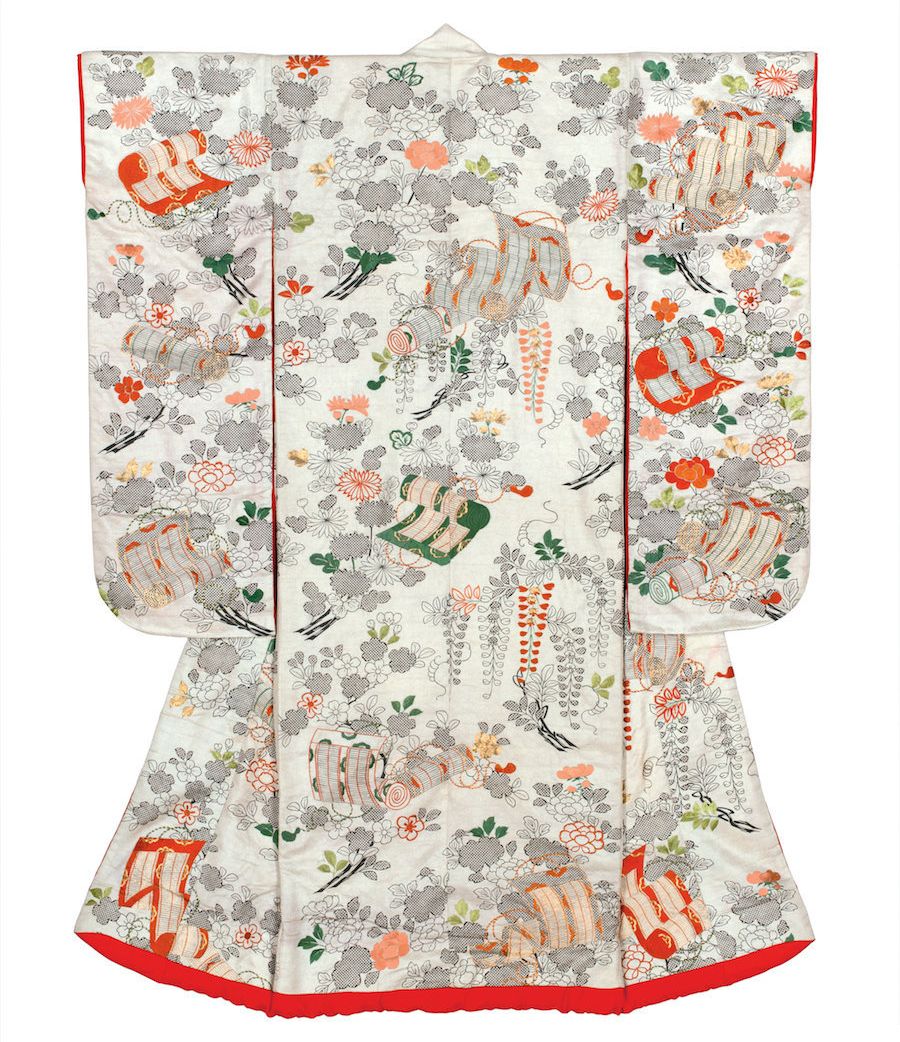
2. Also during the Edo period, red kimonos were forbidden. But fashion provocateurs would skirt the rules, wearing red undergarments or lining that they could flash to capture the attention of a passerby.
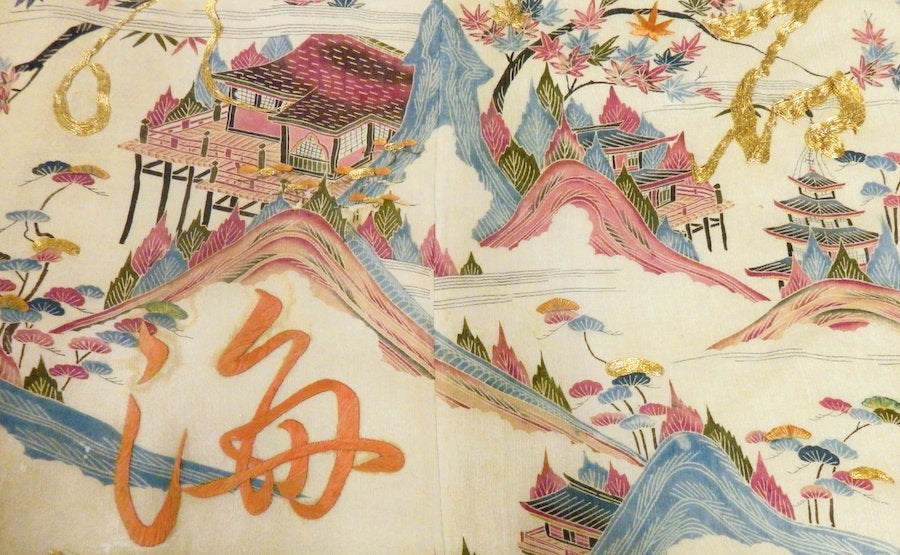
3. The Meiji era, the beginning of Japanese modernity, brought many changes to the nation, including the way its citizens experienced time. The Gregorian calendar was first introduced in 1873, replacing the tradition of inaugurating a new era with every new emperor. This new calendar had implications for kimono styles, which became coordinated in sync with the changing seasons and styles.
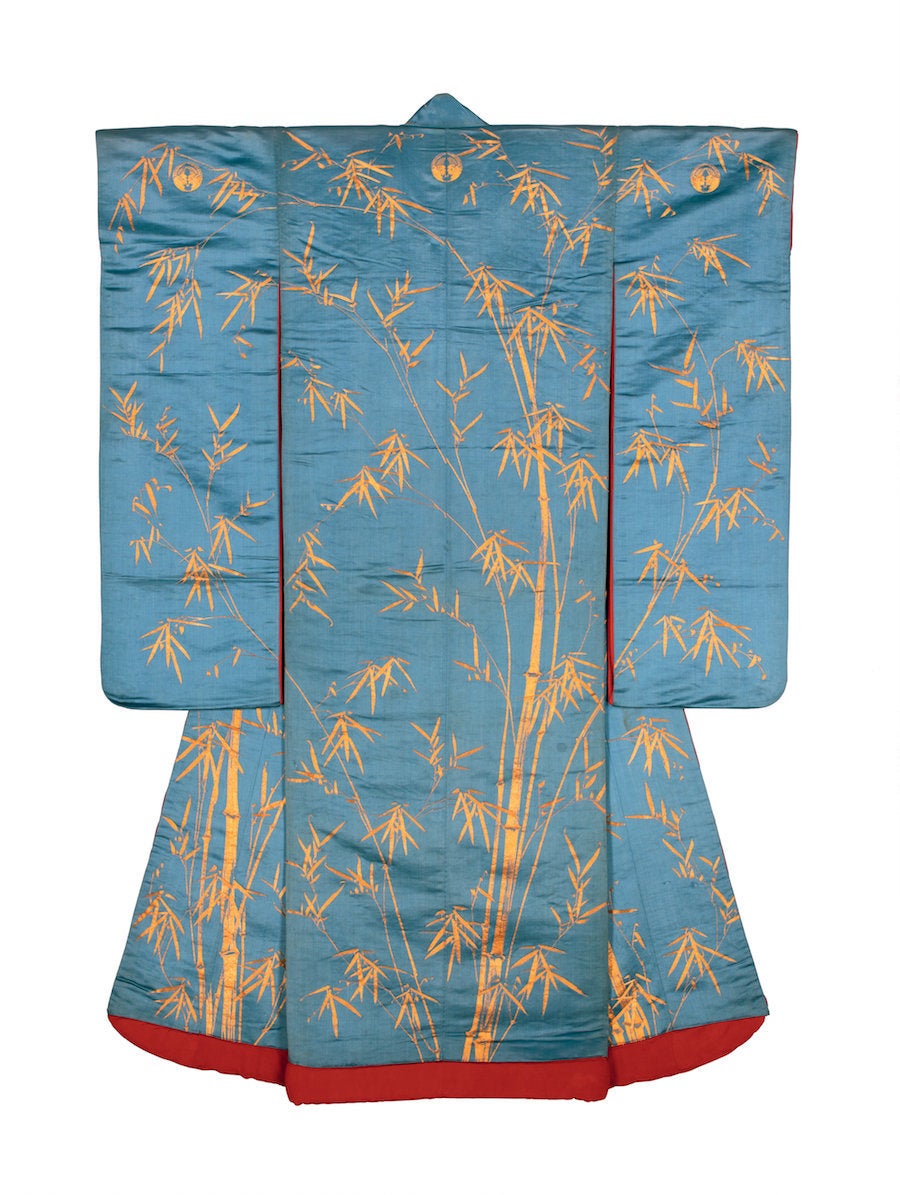
4. Fun fact: Every time a kimono was washed, it had to be disassembled into seven basic parts, air dried, and then re-stitched back together. Even in Meiji's modernizing period in Japan's history, a married woman spent much time tending to her and her family's high maintenance clothing.

5. The obsession with domestic and sartorial duties became so intense that a woman's perceived worth was often bound up in her ability to sew. As Ushigome Chie recalls in the book, "I was bad at sewing and calligraphy as a child, and was scolded at home: 'You're not a girl.' This was not simply a judgment on skill in sewing, but a view of education that believed morality was nurtured through mastery of techniques of what one might call the Way of Sewing."
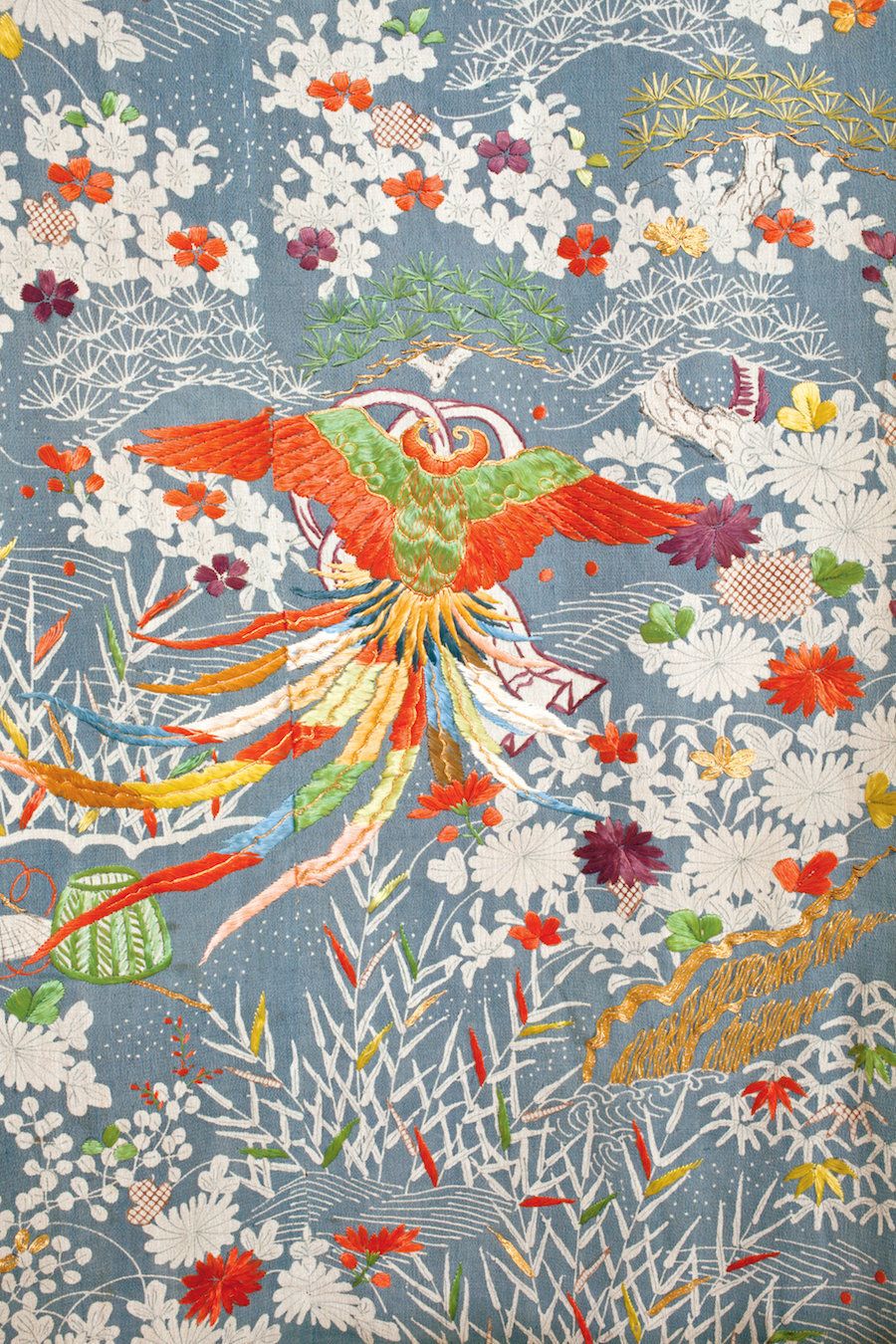
6. In the Taisho era, from 1912-1926, a new model of femininity arose in the form of the moga, the modern girl. Unlike the pure country girl of yesteryear, the moga was subversive and rebellious, albeit in a bourgeois bubble, experimenting with drinking, smoking, wearing Western clothing and exceptionally daring kimonos.

7. According to Kimono, the embellished garments became the most prominent and impactful mode of art in the early 20th century. "Through fashion, women -- and, to a much lesser degree, men -- could negotiate composite and shifting identities that referenced Japan's past, the Euro-American present or sought to link them in complex ways."

To learn way, way more on the subject of kimonos, check out Thames and Hudson's beautiful book Kimono, by Anna Jackson, Keeper of the Asian department at London’s Victoria & Albert Museum and Honorary Curator of the Khalili Collection.
